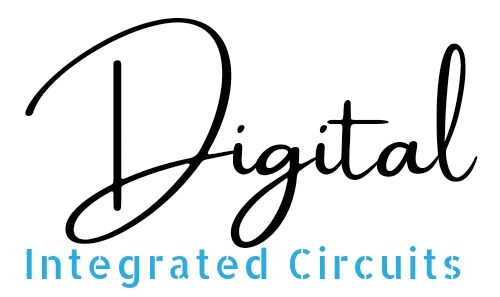How to use:
- Decimal to Binary:
- Enter any decimal number you want to convert.
- Click the “Convert” button, and instantly, you’ll receive the binary representation.
- Binary to Decimal:
- Enter the binary number you wish to convert.
- Hit “Convert,” and just as quickly, you’ll get the decimal equivalent.
Number Converter
What are decimal and binary number systems?
Binary System (Base 2):
The binary number system uses only two digits, which are 0 and 1. It is like a light switch, where 0 is “off” and 1 is “on.” A computer performs all of its operations that are based on either logic high (“1”) or logic low (“0”). In computers, all information is stored and processed using these 0s and 1s. It is a language that computers understand and forms the basis of digital electronics. It helps to perform complex tasks by rapidly switching between these two states.
Decimal System (Base 10):
The decimal or base 10 number system consists of 10 single digits from 0 to 9. It is the most commonly used number system in our daily lives, like counting, money, and measurements. It’s based on powers of 10, and each position represents a different multiple of 10.
Conversion Between Decimal and Binary Number Systems:
Decimal to binary number system conversion is a fundamental process in computer science and mathematics. It involves converting a number from the decimal system (base 10) to the binary system (base 2). The decimal system represents numbers using ten digits from 0 to 9, while the binary system uses only two digits, 0 and 1.
Conversion Process:
The conversion process is simple but essential. To convert a decimal number to binary:
- Start with the Decimal Number: Begin with the decimal number you want to convert.
- Divide the number by 2: Divide the decimal number by 2, and get the quotient and the remainder.
- Repeat: Continue dividing the quotient by 2 until you reach a quotient of 0. Each time, record the remainder, which is either 0 or 1.
- Read in reverse: Once you’ve divided all the way to a quotient of 0, read the remainder in reverse order to get the binary equivalent of the given decimal number.
For example, to convert the decimal number 10 to binary, follow these steps:
- 10 ÷ 2 = 5, remainder 0
- 5 ÷ 2 = 2, remainder 1
- 2 ÷ 2 = 1, remainder 0
- 1 ÷ 2 = 0, remainder 1
Reading all the remainders in reverse is 1010. this is the binary equivalent of 10 in the decimal system.

Conversion Between Binary and Decimal Number Systems:
Conversion Process:
To convert a binary number to decimal, you can use ‘positional notation’. Here’s a step-by-step guide:
- Begin with the rightmost (least significant bit) digit of the binary number.
- Multiply each bit of the given number by its weight, determined by the digit’s location.
- Continue this process, increasing the exponent by 1 for each digit to the left.
- Add up all the assigned values to get the decimal equivalent.
For example, to convert the binary number 1010 to decimal, follow these steps:
- Starting from the rightmost digit (LSB), we have:
- 0 * 2^0 = 0
- 1 * 2^1 = 2
- 0 * 2^2 = 0
- 1 * 2^3 = 8
- Adding these values together: 0 + 2 + 0 + 8 = 10.

Closing Thoughts:
This conversion process is critical in computer programming, where binary represents data and performs logical operations. It’s the basis for various computational tasks, such as data storage, arithmetic, and computer memory management. Understanding how to convert between decimal and binary numbers is essential for programmers and anyone working with digital systems.
